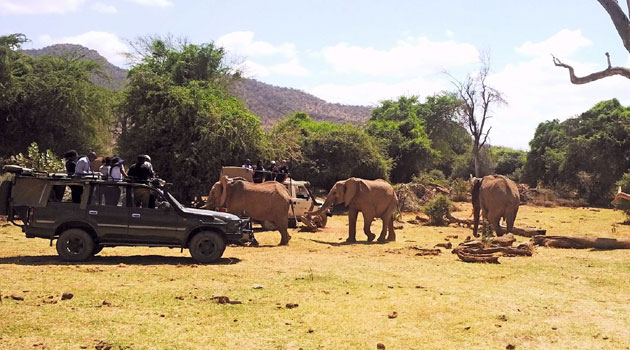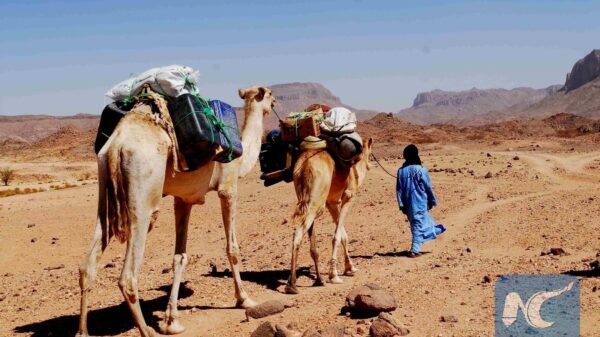
According to Google Kenya country marketing manager Farzana Khubchandani, Google has brought Google Street View to Samburu in a bid to create awareness and applaud efforts geared towards the conservation of elephants in Kenya/FILE
Google Street View, which enables users to explore places around the world through a 360 degree, paranomic and street-level imagery, is now featuring Samburu National Reserve with more than 10,000 still photos on its platform.
According to Google Kenya country marketing manager Farzana Khubchandani, Google has brought Google Street View to Samburu in a bid to create awareness and applaud efforts geared towards the conservation of elephants in Kenya.
The global technology giant company has partnered with the Samburu National Reserve, Save the Elephants Foundation, Lewa Wildlife Conservancy and the David Sheldrick Wildlife Trust, the Samburu County Government and the people of Samburu to make this happen.
“We hope that by bringing street view to Samburu, we will inspire people around the world to gain a deeper appreciation for elephants and compliment the efforts of organisations such as Save the Elephants,” Khubchandani said.
How the conservancy stands to benefit from this
Google Maps, an already big technology phenomenon, has for the last 10 years made people familiar with places even before they get there. Google Street View is therefore an extension of the same but bigger and better.
The reserve will therefore benefit in that people will get a review of what is on the ground and experience it, even before they go there.
Additionally, it will create awareness of the beauty that lies in the reserve, which has far been tarnished by poaching.
“Google Street View will take you to Samburu from the comfort of your phone or your laptop. It will give you a sneak peek of how the wildlife and the environment look like before you even go there,” Sean Askay, the Engineering Manager, Google Earth said.
He also refuted the popular notion that people may entirely refuse to go to Samburu seeing that they could see how it is like from phones and computers.
“What Google Street View does is that it gives you an idea of how a place looks like through powerful images. It shows you what to expect when you go somewhere. But it does not replace the real experience of going there,” he said.
Google Street View comes at the back of the poaching menace that has seen thousands of elephants and other indigenous animals being killed by poachers. For instance, over one hundred thousand elephants were killed between 2010 and 2012 throughout the world.
According to the Founder of Save the Elephant Foundation, Iain Douglas-Hamilton, Samburu is used by approximately 900 elephants which may not exist in the next 20 years if they are not protected.
Features such as Google Street View will therefore play a big part in protecting our elephants.
“Most people who are engaged in poaching activities do not have an idea of how important elephants are; to their families, to the communities and even to the country,” Douglas-Hamilton said.
“Killing a matriarch for her ivory for example, means that her calves are left orphaned which means they need to be taken care of. Through technological features such as the one being launched by Google, these communities will get to see the grief that befalls these calves, and the elephants left behind.”
Google’s decision to settle on working with Save the Elephant was one based on work they had previously done together.
On its part, Save the Elephants has for a long time been using Google’s Google Earth Outreach to display elephants’ movements in near real-time by tracking them.
“This project is part of Google Earth Outreach’s commitment top giving knowledge and resources to non-profit organisations like Save the Elephants so they are able to visualize their cause, tell their story and capture the place that they work in unprecedented, lifelike detail and share it with the world,” Askay said.
Already, 42 elephants are tracked in Samburu, 14 in Maasai Mara, 15 in Democratic Republic of Congo and 16 in Southern Africa.
Kenya becomes the second country in Africa to be featured on Google Street View after South Africa and 66th in the world.



































